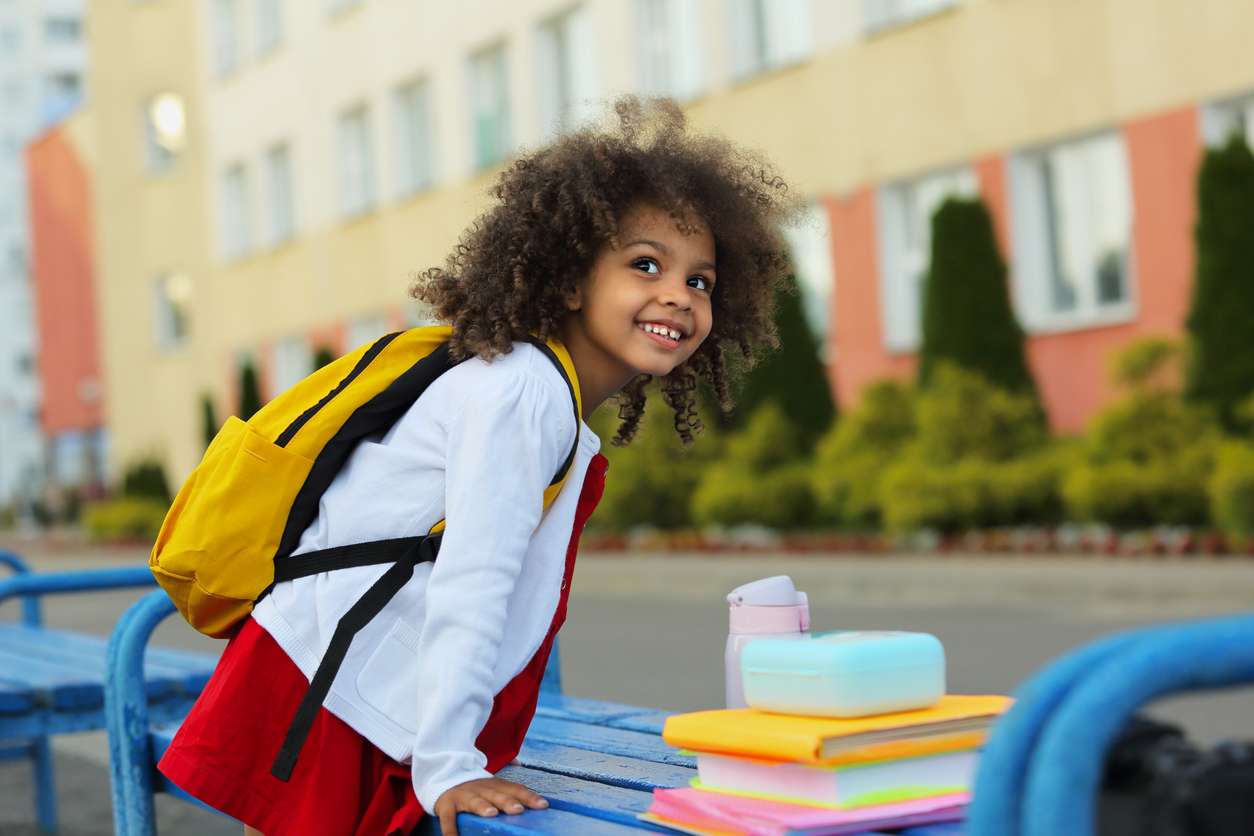No matter how old your child is, the back-to-school transition is always exciting, busy and sometimes stressful. Moving from less scheduled summer days to a regular routine takes planning, as well as the best available tools.
To ease your family’s transition, here are some useful tips and tricks to have in your toolkit to help your child get back into the school groove.
Evaluate daily schedules
Look back at last year to remember what was successful – and less effective – about your previous routine, so you can make improvements heading into the new school year.
Were mornings always rushed? Build a cushion of time each day by getting everyone up 15-20 minutes earlier. Consider adjusting bedtimes so your kids will not be sacrificing too much of their much-needed sleep. You could also make time every evening to set out tomorrow’s clothes, pack lunches and fill backpacks to save time each morning. As your kids grow older, they may be ready to take on one of these responsibilities themselves.
Did you have too many activities after school, making it harder to get schoolwork done? Limit these activities, perhaps establishing a day or two that are always left open for a bit of breathing room during the week.
Use the best tech tools to aid schoolwork
Technology is a regular part of students’ school days at younger ages, providing opportunity to utilize digital tools to enhance study habits and simplify homework organization.
Students in their first days of kindergarten, all the way through college graduation, can benefit from combining paper learning with digital tools to enhance their academic experience.
Handwritten notes are generally accepted as helpful to improve retention. This helps your students organize – and avoid losing – important information on handouts from their classes, making them easily accessible anytime, so they can study during the drive to school, while waiting for siblings at after-school activities and more.
Discover the best study times
Every child (and family) is different, so experiment with times and places that are best for your child to complete schoolwork. Consider dividing assignments, working on their toughest subjects when they’re at their sharpest and saving less challenging schoolwork for times of day when they seem more distracted.
If your child is a morning person, set aside study time while you’re getting breakfast ready. If they’re hungry and tired right after school, save homework for after they’ve had a snack or meal.
Teach children how to plan
Establish a calendar (on paper or digital, whatever works best for your child) to track school events, assignments and tests. Encourage your child to review their calendar each week or whenever their teachers provide information about upcoming assignments, making sure the most important or time-consuming tasks stand out visually.
For major projects, show your child how to divide them into smaller steps to avoid last-minute panic the day before they’re due – and put those steps on the calendar, too. An academic planner can help keep track of these smaller steps.
Helping kids learn to plan ahead and break up larger assignments into more manageable chunks are valuable techniques that will carry them through many years of their educational journey.
Do a dress rehearsal
Especially for younger children, transitions can be stressful. Explain how your routine will change, and do some practice runs by starting the new schedule a few days ahead. This will give everyone (yourself included!) a chance to adjust.
No matter what the school year ahead will bring, taking time to get ready now, and using the best tools available, will help everyone have a more fun, fulfilling and successful year ahead.
By: Brandpoint









